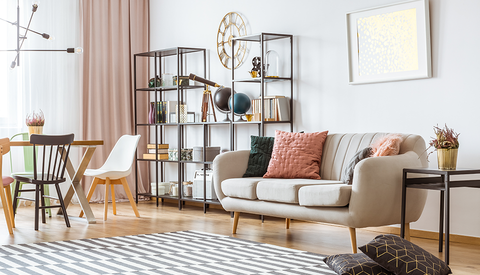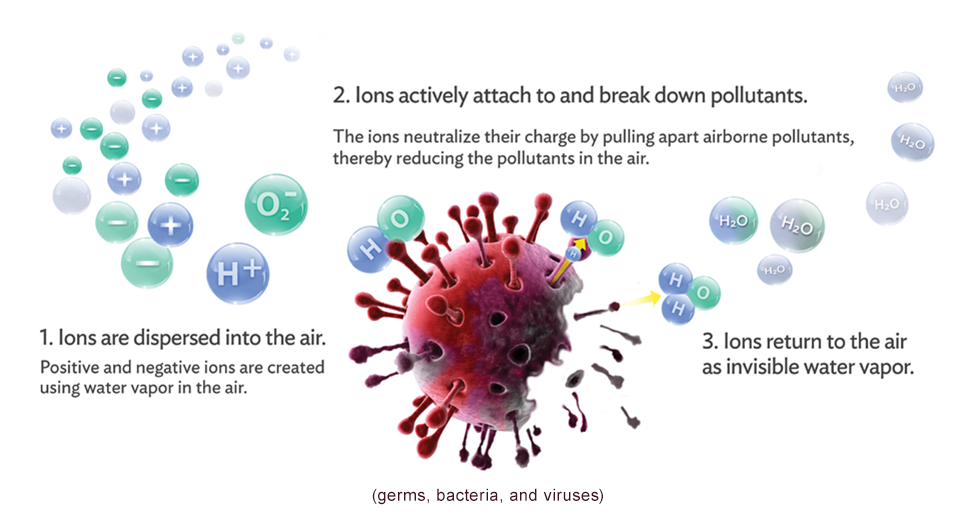
Check out the latest blog from Sharp, on how to acheive a better home indoor air quality during the COVID-19 crisis.
Throughout the world, people are doing everything within their power and reach to help protect themselves and family members from COVID-19 (previously known as “2019 novel coronavirus”). With families being confined to their homes, it’s more than just COVID-19 that should be taken into consideration when trying to stay healthy.
Most people get exposure to the fresh air outside at least a couple of times a day, whether en route to and from work or school, sports activities, or running errands. During this unprecedented period, families are being asked to stay home and only venture outside for a walk, to go to the grocery store or pharmacy and keep social distancing in mind.
As many people shelter-in-place in their homes, we explore how True HEPA air purifiers can help keep your home environment healthier.
The Importance of Indoor Air Quality (IAQ) in Homes—Especially While Sheltered-in-Place
According to the EPA (Environmental Protection Agency), the average person spends nearly 90 percent of his or her time indoors; and that’s before “shelter-in-place.”
Are HEPA Air Purifiers Worth the Money?
The short answer is yes, and here’s why. The EPA estimates that indoor air pollutants may be present at levels two to five times higher, and occasionally more than 100 times higher than outdoor levels.

An in-room air purifier with a True HEPA filter (HEPA Class H14) captures up to 99.975% of airborne particles measuring as small as 0.3 micrometers. The EPA states that ensuring healthy IAQ by minimizing indoor air pollutants is essential.
Poor IAQ can have severe repercussions on an individual’s health. Children, the elderly, and those with compromised immune systems are particularly susceptible to pollutant exposure. Health effects include respiratory problems (including asthma), chronic fatigue, headaches, and cancer.
Some common home air pollutants measuring 0.3 micrometers or higher that can be captured by a True HEPA filter are pollen, dust mites, mold spores, pet dander, and bacteria.
Beyond HEPA
HEPA air purifiers are passive, meaning that the particulate matter (PM) in the air must be pulled into the HEPA filter to be effective. In-room air purification systems have a fan built-into the machine to help circulate the air in the room to remove particulates into the filter. Alone, this cannot capture all of the pollutants in a room.

Sharp’s Plasmacluster ion (PCI) technology reduces even more pollutants in the air in a three-step process: 1- Ions are dispersed into the air. Positive and negative ions are created using water vapor in the air. 2- Ions actively attach to and break down pollutants. The ions neutralize their charge by pulling apart airborne pollutants, thereby reducing the pollutants in the air. 3- Ions return to the air as invisible water vapor.

Since 2000, Sharp’s PCI technology engine has been deployed in top-brand refrigerators, cars, trucks, hospitals, office buildings, and more to remove airborne mold and dust allergens, suppress the activity of airborne viruses and help with clinging odors. Sharp has sold 70 million Plasmacluster Ion technology engines worldwide since 2001.
An added benefit of the PCI technology is that it helps to eliminate odors from cooking, pets, furniture carpets, and more. As we’re all a bit closer these days, any little bit can help!
I wish you and your family good health during this trying period.

